Table of contents of the article
ToggleThe white worm represents a major threat to the roots of plants and various crops. In this article on your website, World of Plants, we review how to identify it and measures to combat it.
Symptoms of white worm
- Scientific name : Polyphylla fullo
- Type of disease: Insect
- the family : Coleoptera
- Infection by larvae or harmful instars of leaves and other cultivated solanaceous plants.
- The larvae devour the leaves greedily, and symptoms of infection appear in the form of eaten areas of the leaf in pepper, and the eaten area of the leaf reaches 85% in some cases.
- Plants may be completely stripped of their leaves and only the middle veins of the leaves remain, when the infestation reaches 50-60% on pepper.
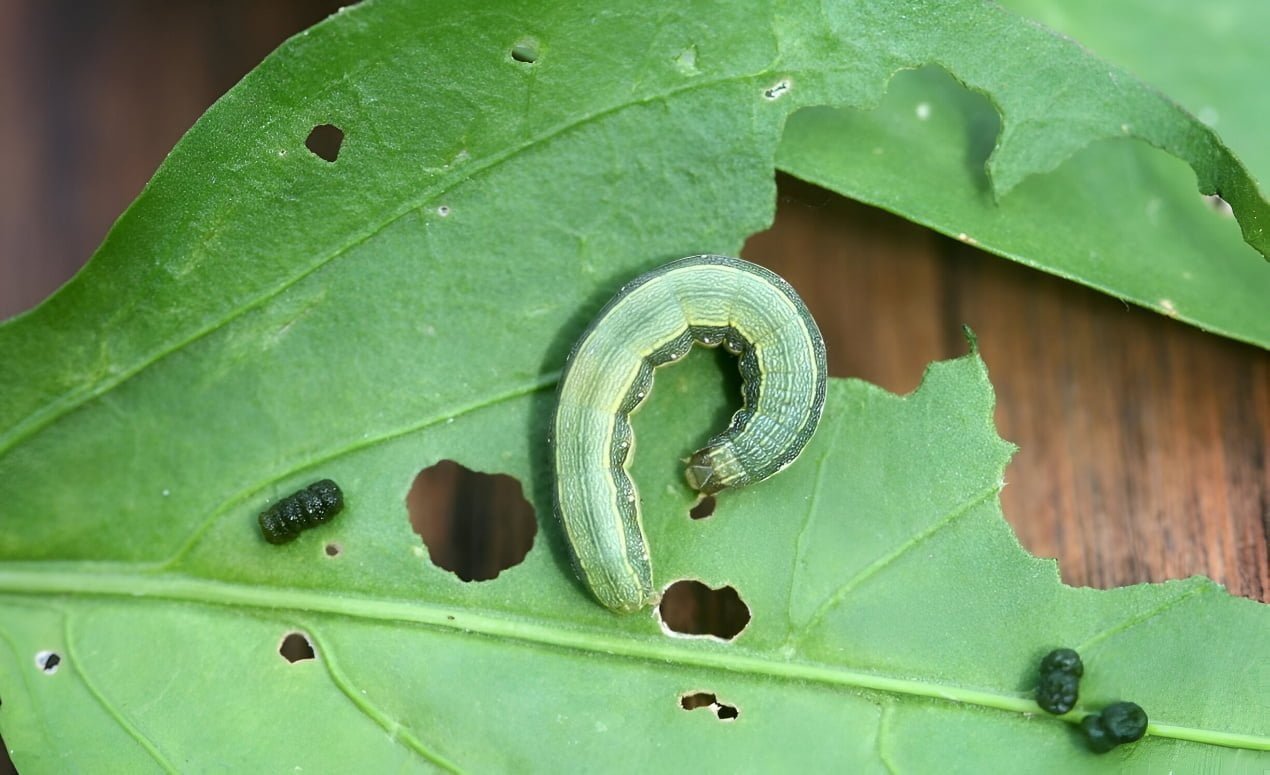
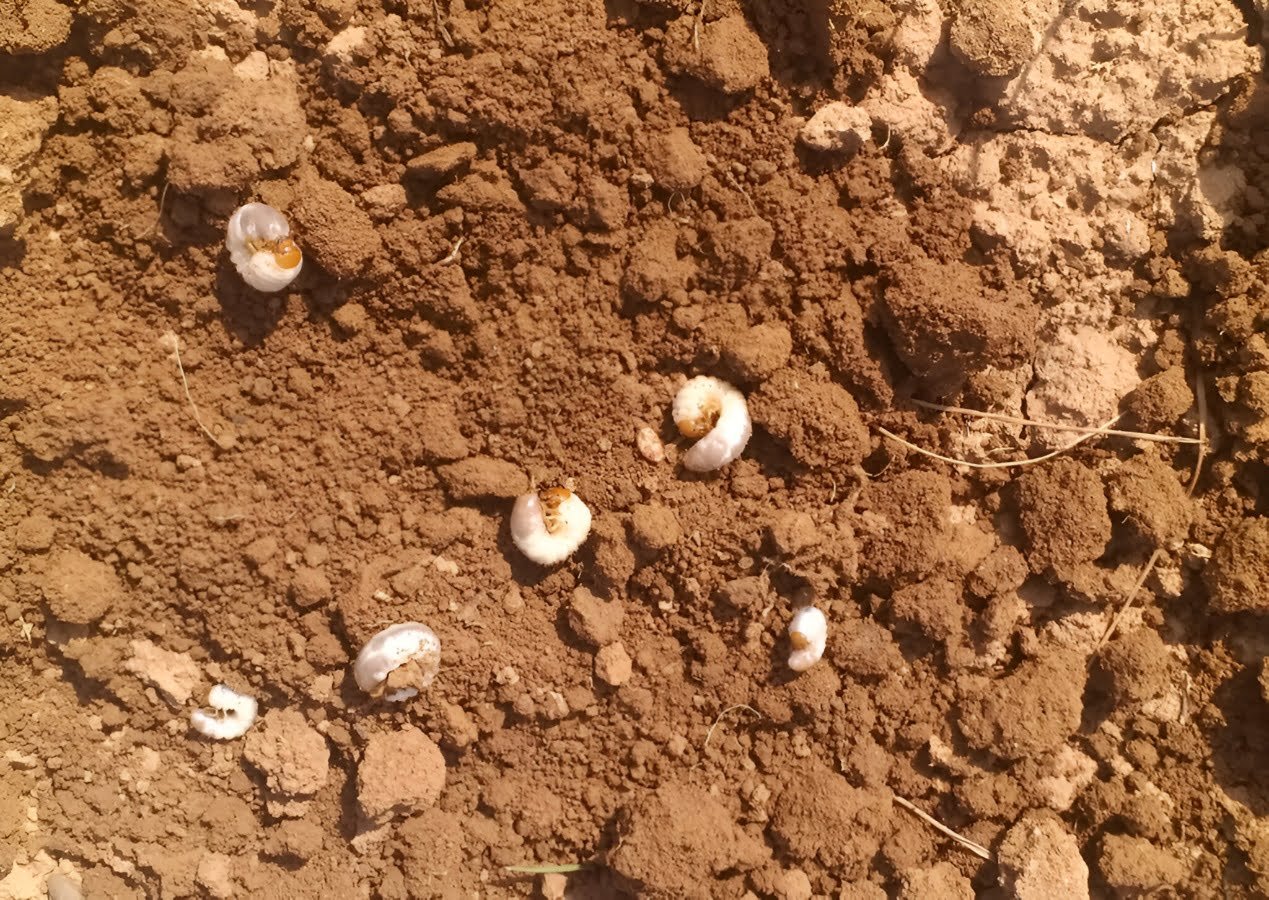
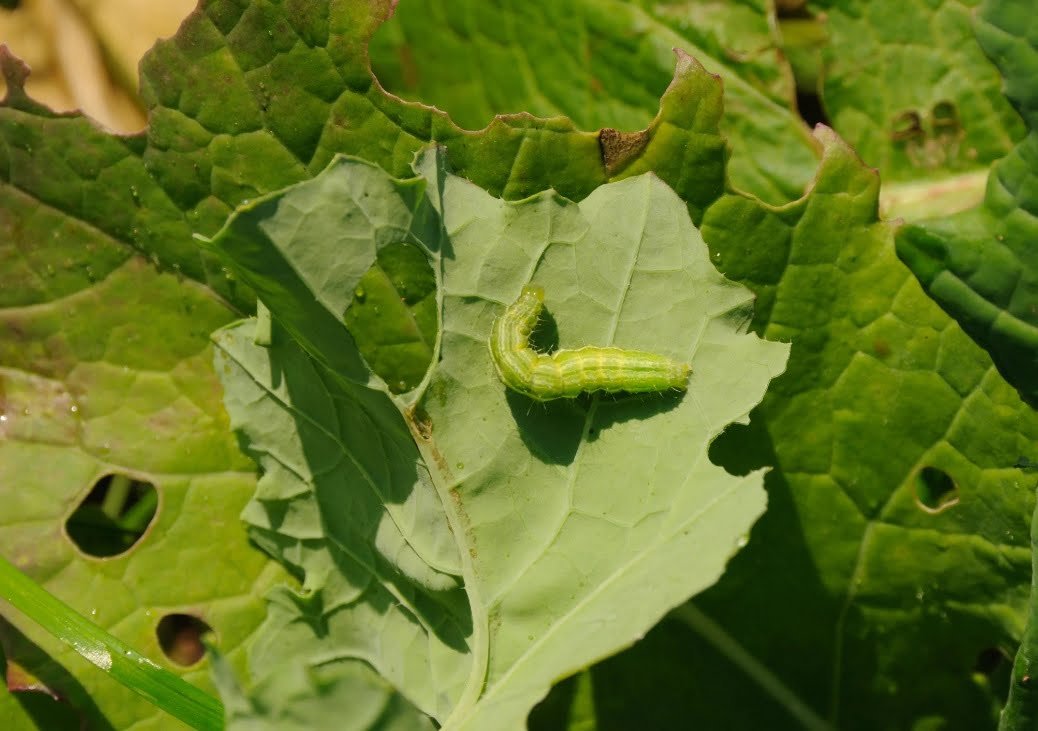
Description of the white worm insect
- Adult insects are large beetles, 25 mm in size, characterized by their mottled black color and irregularly distributed lines, marks, and white spots. The end of the abdomen is visible, covered with dense, yellowish-gray down. The legs and antennae are brown.
- The larvae are white, the head is brown, and the length is 75 mm and they are of the arcuate type
- Pupa: Yellow, located inside a dirt cocoon under the surface of the soil.
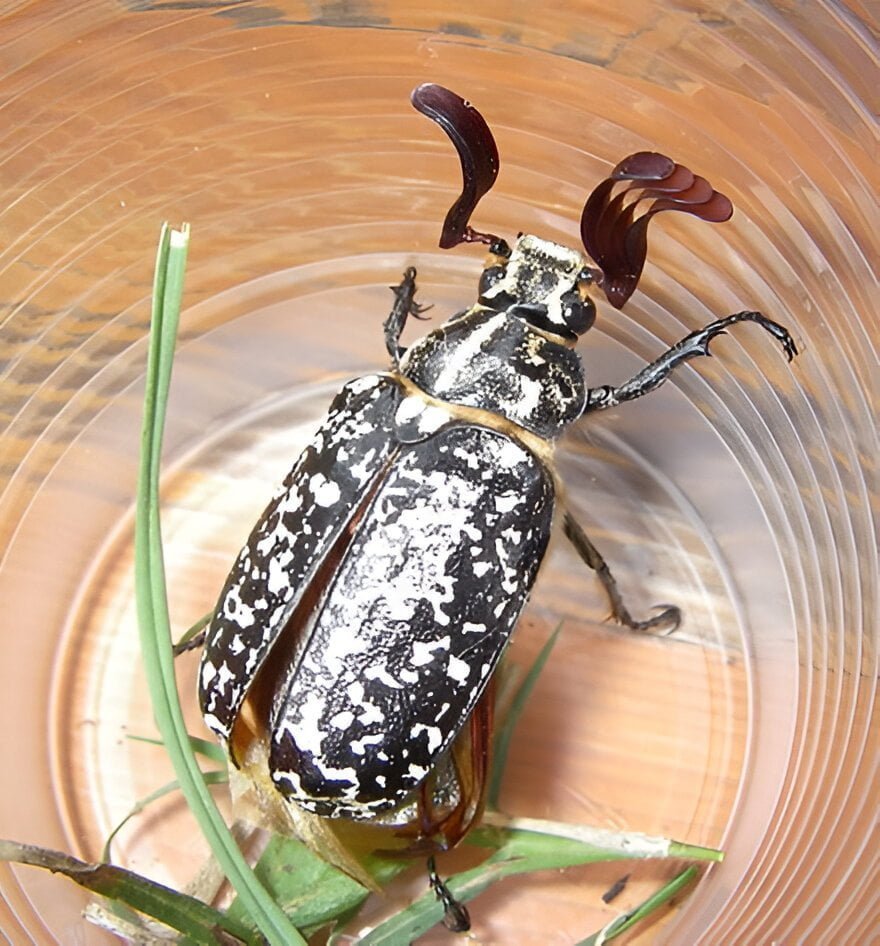
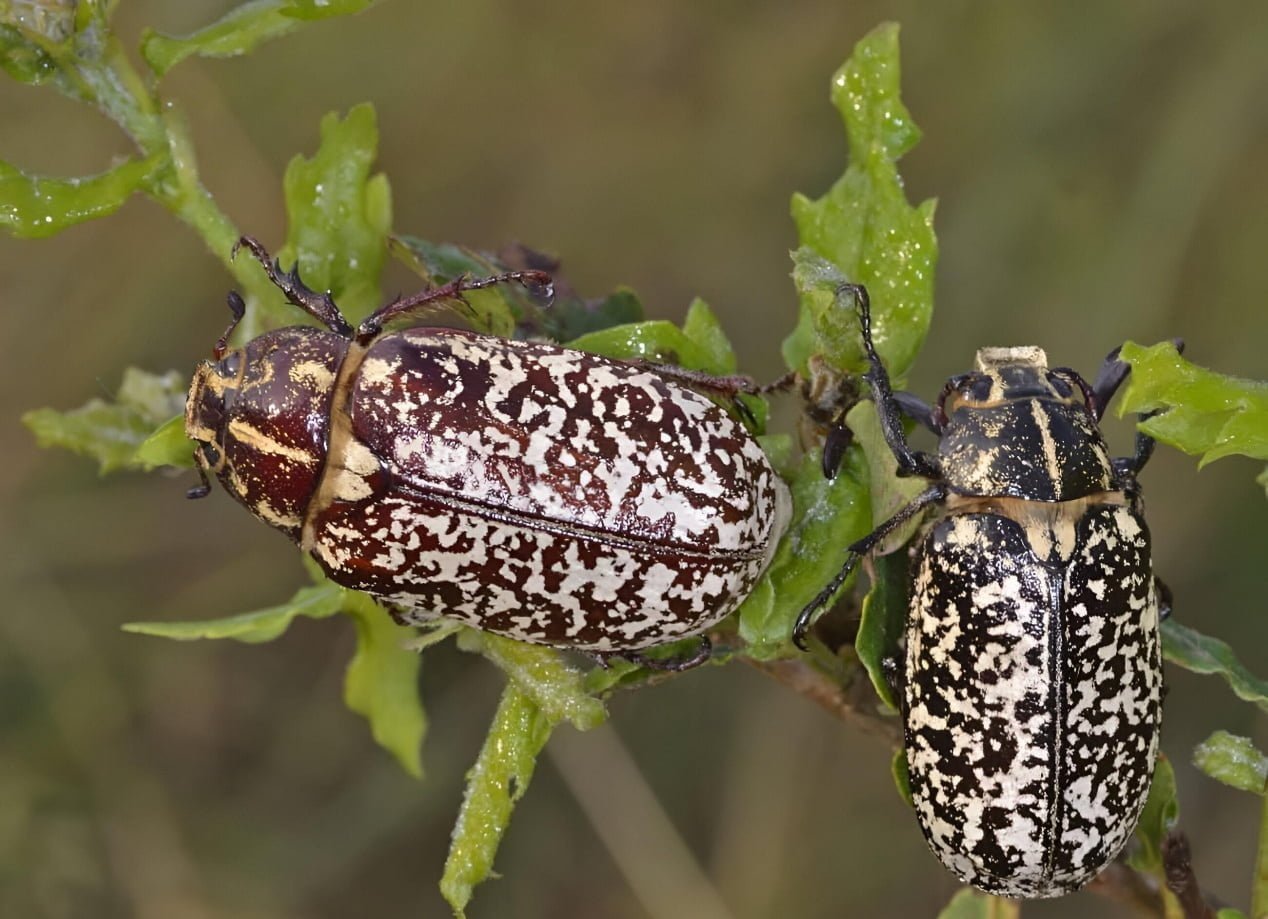
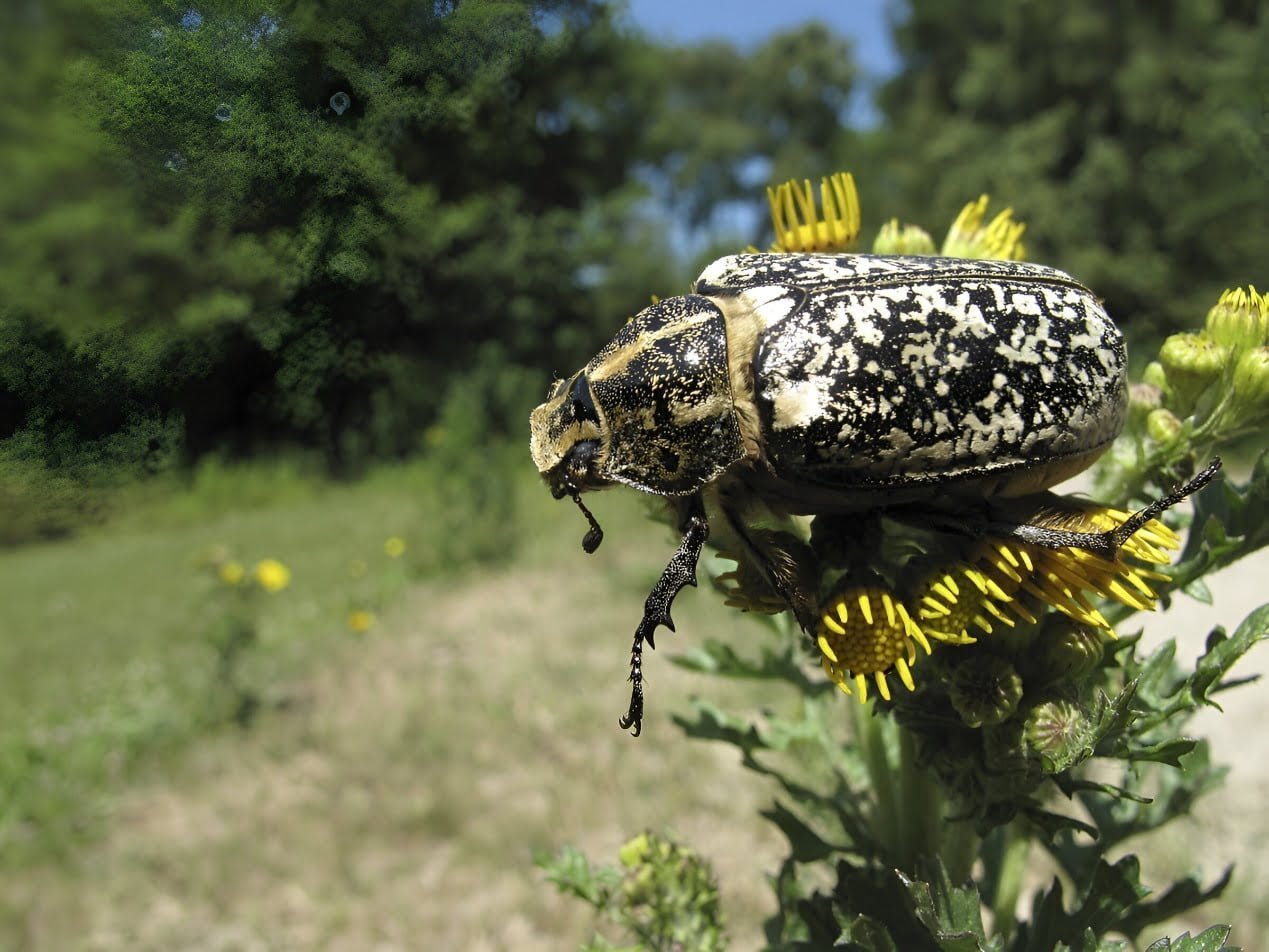
Causes of white worm
- Repeated use of pesticides in pepper fields increases the pest’s resistance to the pesticide, and the emergence of strains that are resistant even to phosphorus pesticides, especially when crops are mixed together.
- Do not conduct soil excavation, hoeing, or breaking up and softening the soil before and after planting pepper, as hoeing must be done to a depth of 12 cm.
- Do not sterilize the soil in which pepper is grown, as butterfly pupae can be present in the soil in safe, hidden clay cores.
- Unbalanced fertilization weakens pepper’s resistance to various pests, especially too little or too much nitrogen fertilization, as well as not fertilizing with potassium, K, and phosphorus, P.
- The presence of suitable environmental conditions for the insect, including low humidity and high temperature in pepper fields, especially with neglect of irrigation.
- The presence of grasses surrounding pepper fields allows virgins to hide in them.
- Multiple families, including tobacco, sugar beets, sunflowers, vegetables and some fruit trees
Suitable conditions for the spread of white worm
- Temperatures: It was observed that the periods of pre-oviposition, egg-laying, and post-oviposition and the longevity of females are much longer at 15°C compared to higher temperatures...but the average total and daily fertility is highest at 25°C.
White worm development cycle
- The pupal stage spends the winter as an immature pupa in self-made holes or places on parts of leaves, flower stands, buds, and bud scales.
- After that, the adult butterflies emerge from their places in early April and feed on the nectar of the flowers.
- Mating occurs and the female butterfly lays about 70-80 eggs individually on the lower surface of pepper leaves.
- The hatched caterpillars feed on pepper leaves for 3-4 weeks, during which they go through five or six instars until growth is complete. They turn into pupae on plants between the leaves or on the buds. Then the pupae transform again into butterflies within a period of no less than 50-62 days or more. Depending on the prevailing temperature and humidity.
- The insect has about 4-6 generations per year, and this varies depending on the climate in the pepper fields
White worm infestation losses
This pest causes economic damage to the income of pepper crop farmers, and the damage may reach 70% when the symptoms become severe.
The productivity of the lines for growing pepper plants and others decreases, and their nutritional content, such as carbohydrates, vitamins, and others, decreases, and their content of vitamin B complex and antioxidants decreases.
The larvae can cause serious harm to their hosts by feeding on the roots of the plant, thus stopping its growth and preventing its continuation
Control strategy
Preventive measures to prevent the occurrence of white worm
- Monitor pepper fields and places of cultivation periodically in three stages, the first in April, the second in July, and the third in September. During this stage, the leaves are monitored.
- Monitor the leaves of pepper plants systematically and regularly daily, and record any possible infections from eaten areas of the leaf or parts bitten by caterpillars.
- Plant the plant at appropriate distances, which are 50 cm between plants and 55 cm between lines for sweet peppers, and 35 cm between plants and 40 cm between lines for sharp or hot peppers.
- Remove all weeds close to the crop soil to ensure that larvae and pupae are not transferred from the soil
Chemical and organic control recommendations against whiteworm
- Organic control
- Use special traps (sugar bait + a toxic substance such as the pesticide Carbaryl) to catch this butterfly and distribute it well between the pepper planting lines.
- Cultivation of resistant varieties.
- Chemical control:
- Control using a phosphorous insecticide. Such as the pesticide Carbaryl, or the pesticide Azinphos methyl, and this is done in the spring in April by spraying on the leaves of cropped peppers.
- In the summer, the pesticide Carbaryl is used by spraying on pepper leaves to eliminate both butterflies and caterpillars
- The control is carried out in April, and the spraying is repeated twice after each week, taking care not to pick the leaves until 15 days after the last spraying date.
In conclusion, we would like to note that we, at the world of plants website, offer you all the necessary services in the world of plants, we provide all farmers and those interested in plants with three main services::-
- Artificial intelligence consulting service to help you identify diseases that affect plants and how to deal with them.
- Blog about plants, plant diseases and care of various crops ... You are currently browsing one of her articles right now.
- An application that provides agricultural consultations to clients, as well as a service for imaging diseases and knowing their treatment for free – Click to download the Android version from Google Play Store، Click to download the IOS version from the Apple App Store.
References:
- Demir, S., Karagoz, M., Hazir, S., & Kaya, H. K. (2015). Evaluation of entomopathogenic nematodes and their combined application against Curculio elephas and Polyphylla fullo larvae. Journal of pest science, 88, 163-170
- Cakmak, I., Karagoz, M., Ipek Ekmen, Z., Hazir, S., & Kaya, H. K. (2011). Life history of Sancassania polyphyllae (Acari: Acaridae) feeding on dissected tissues of its phoretic host, Polyphylla fullo (Coleoptera: Scarabaeidae): temperature effects. Experimental and Applied Acarology, 53, 41-49
- TÜRKMENOĞLU, H. (2008). Research on Polyphylla full tuerkmenoglui Petr. Plant Protection Bulletin, 7(2).
- Evaluation of entomopathogenic nematodes and their combined application against Curculio elephas and Polyphylla fullo larvae – springer
- Life history of Sancassania polyphyllae (Acari: Acaridae) feeding on dissected tissues of its phoretic host, Polyphylla fullo – springer




